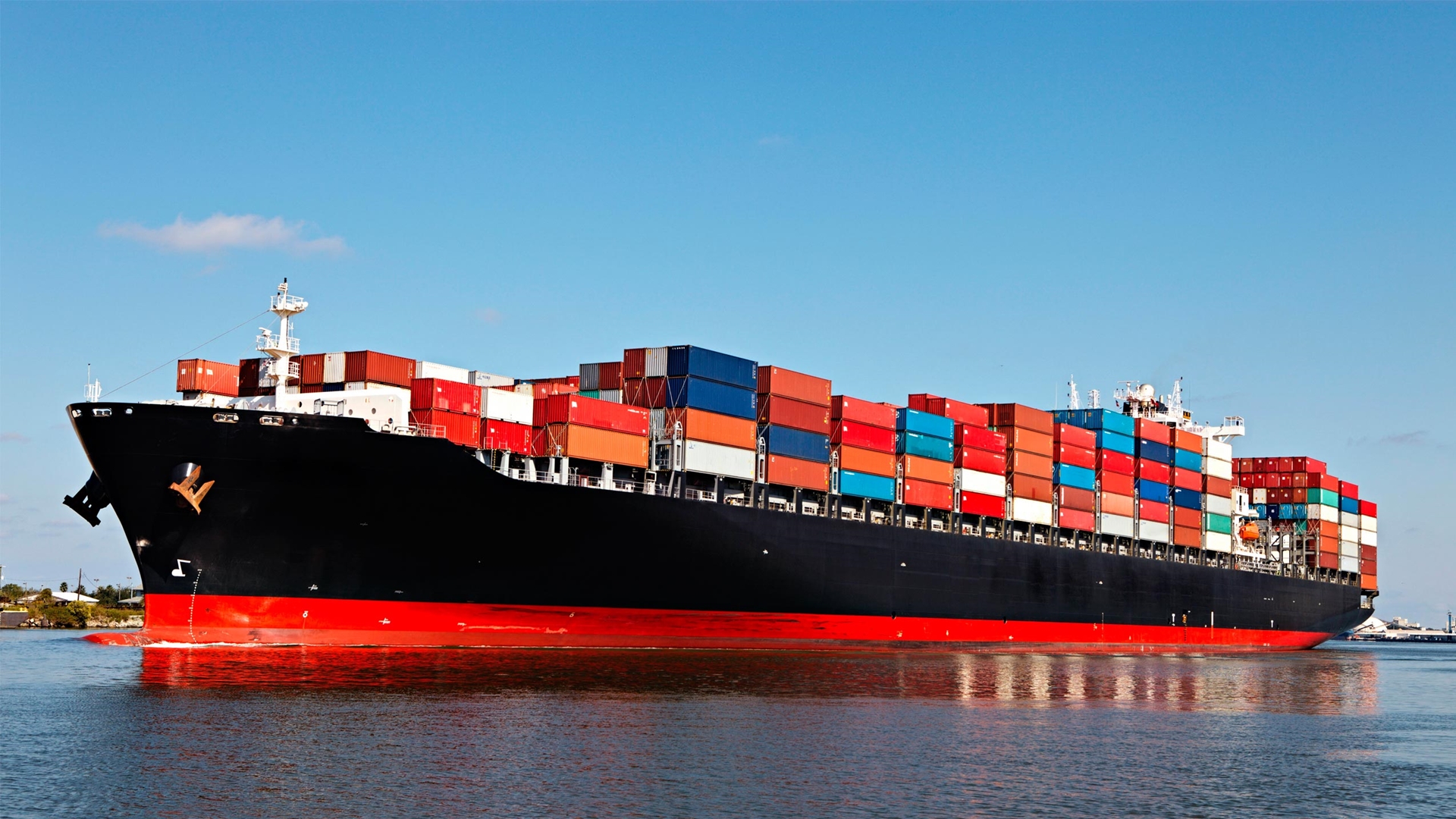Watersports encompass a wide range of recreational activities that take place on or in the water, offering exciting experiences for people of all ages and skill levels. Whether you prefer the rush of riding the waves, the tranquility of paddling across a calm lake, or the challenge of navigating through rapids, watersports cater to diverse interests and provide an opportunity to connect with nature while engaging in physical activity. From surfing to wakeboarding, kayaking to sailing, the world of watersports is vast, offering something for everyone.
In this article, we’ll explore the different types of watersports, their history, the equipment involved, and tips for beginners looking to dive into these exhilarating activities.
Types of Watersports
Watersports can be broadly classified into several categories, depending on the type of water (ocean, lake, river) and the style of the activity. Let’s take a look at some of the most popular types of watersports:
1. Surfing
Surfing is one of the most iconic and adrenaline-pumping watersports. It involves riding on waves using a surfboard. Surfers use the natural energy of the waves to glide across the surface of the water, performing tricks or simply enjoying the ride. Surfing is typically done in the ocean and requires knowledge of wave patterns, currents, and weather conditions.
- Types of Surfing:
- Traditional Surfing: Riding the waves on a standard surfboard.
- Big Wave Surfing: Surfing on waves that are over 20 feet tall.
- Shortboard & Longboard Surfing: Shortboards are for more aggressive, fast maneuvers, while longboards provide stability for beginners and smoother rides.
2. Wakeboarding
Wakeboarding is a thrilling watersport that combines elements of water skiing, snowboarding, and surfing. It involves riding a wakeboard, which is similar to a small, rectangular surfboard, while being towed behind a boat. The boat creates a wake (a wave of water) that the rider uses to perform jumps and tricks.
- Key Skills: Balance, strength, and the ability to control the wakeboard while riding the boat’s wake.
- Equipment: Wakeboard, life jacket, and tow rope.
3. Water Skiing
Water skiing is a popular watersport in which the participant wears skis and is towed behind a boat. Unlike wakeboarding, the skier rides on two skis or sometimes a single ski. The challenge is maintaining balance and control while skimming across the water at high speeds.
- Types of Water Skiing:
- Slalom Skiing: Skiing on one ski, typically done on narrower water for greater speed.
- Trick Skiing: Performing various acrobatic stunts and spins on water skis.
4. Jet Skiing
Jet skiing is an exciting activity where a rider uses a personal watercraft (PWC), commonly known as a jet ski, to navigate across the water. The PWC is powered by a jet propulsion system, making it easy to maneuver at high speeds. It’s one of the fastest-growing watersports globally due to its accessibility, ease of use, and thrilling experience.
- Key Skills: Fast reflexes, quick steering control, and good judgment of water conditions.
5. Kayaking
Kayaking is a peaceful yet challenging watersport in which participants use a kayak (a small, narrow boat) to navigate through water. It’s usually done in rivers, lakes, or coastal waters. Kayakers use a double-bladed paddle to propel the boat forward, and they can explore tranquil waters or tackle whitewater rapids, depending on their skill level.
- Types of Kayaking:
- Recreational Kayaking: Paddling on calm lakes or rivers.
- Whitewater Kayaking: Navigating through fast-moving rivers or rapids.
- Sea Kayaking: Kayaking on the ocean, often requiring more skill to handle tides and currents.
6. Sailing
Sailing is a serene yet skillful watersport that involves using wind power to propel a boat across the water. Sailboats are equipped with sails, and the sailor controls the direction of the boat by adjusting the sails to harness the wind. Sailing can be done in oceans, lakes, and rivers, and it requires understanding the wind’s direction, boat handling, and navigation.
- Types of Sailing:
- Recreational Sailing: Gentle, leisure trips on calm waters.
- Competitive Sailing: Involves racing sailboats in organized competitions, such as the America’s Cup.
7. Stand-Up Paddleboarding (SUP)
Stand-up paddleboarding is a relatively new and popular watersport where participants stand on a large, stable board and use a long paddle to propel themselves forward. SUP is often done on calm lakes, rivers, or the ocean, and is both a relaxing and fitness-oriented activity. It’s an easy watersport to pick up and can be enjoyed by people of all ages.
- Skills: Balance, core strength, and paddling technique.
8. Canoeing
Canoeing is a water activity where individuals or teams use a canoe, a small narrow boat, to travel across a body of water. The canoe is propelled using single-bladed paddles, and it’s typically done on lakes, rivers, and even the open sea. Canoeing can be done recreationally or as a competitive sport.
- Types of Canoeing:
- Flatwater Canoeing: Paddling on calm, still waters.
- Whitewater Canoeing: Navigating rough, fast-moving waters.
9. Snorkeling and Scuba Diving
Although not technically a “sport” in the traditional sense, both snorkeling and scuba diving are popular water-based activities that allow participants to explore the underwater world. Snorkeling involves floating on the surface of the water with a snorkel and mask, while scuba diving allows for deeper exploration with the use of tanks and diving equipment.
- Key Skills: Breathing control, swimming ability, and underwater navigation.
Equipment Used in Watersports
Each watersport requires specific equipment to ensure safety and performance. Below is an overview of some common gear for popular watersports:
- Wetsuits and Dry Suits: Worn to protect against the cold and to maintain buoyancy. Wetsuits are common for surfing, kayaking, and diving, while dry suits are used in colder waters or diving.
- Life Jackets: Essential for water safety. Life jackets are required in many watersports, including kayaking, jet skiing, and wakeboarding.
- Helmets: Used in watersports such as whitewater kayaking, wakeboarding, and jet skiing to protect the head in case of falls or collisions.
- Paddles and Oars: Used in kayaking, canoeing, and paddleboarding for propulsion.
- Surfboards, Wakeboards, and Water Skis: Specialized boards or skis designed for specific sports like surfing, wakeboarding, and water skiing.
- Jet Skis / Personal Watercraft (PWC): Motorized watercraft used in jet skiing.
Benefits of Watersports
Engaging in watersports offers a wide range of physical, mental, and emotional benefits:
- Physical Fitness: Most watersports engage the entire body, providing a full-body workout that builds strength, endurance, flexibility, and coordination.
- Stress Relief: Being in or near the water has been shown to reduce stress and promote a sense of calm. The combination of exercise and nature can lead to improved mental health and relaxation.
- Social Interaction: Watersports are often enjoyed in groups or families, promoting social interaction and teamwork.
- Adventure and Thrill: For adrenaline seekers, watersports like surfing, wakeboarding, and jet skiing provide an exciting way to experience adventure and challenge oneself.
Tips for Beginners
If you’re new to watersports, here are some tips to get started safely and confidently:
- Take a Lesson: Many watersports require learning basic techniques. Taking a lesson from a qualified instructor can help you understand the skills and safety measures needed.
- Start Small: If you’re new to a sport like surfing or wakeboarding, start with smaller equipment or calmer conditions to build your confidence and skills.
- Safety First: Always wear a life jacket, especially if you’re a beginner. Be aware of weather conditions and water safety guidelines.
- Practice Patience: Watersports require practice, and it might take time to master certain skills, so don’t get discouraged.
- Stay Hydrated: Whether you’re on the water or off, make sure to drink plenty of water, especially on hot days.
Conclusion
Watersports offer an exciting array of activities that provide a unique way to enjoy the water, stay active, and experience the outdoors. Whether you’re drawn to the excitement of wakeboarding, the tranquility of kayaking, or the challenge of surfing, there’s something for everyone. With the right equipment, some basic skills, and a sense of adventure, you can make the most of the vast world of watersports and create unforgettable memories on the water.





